Ethylene Oxide In Spices: Learn Everything About Cancer Causing Pesticide Found in Spices
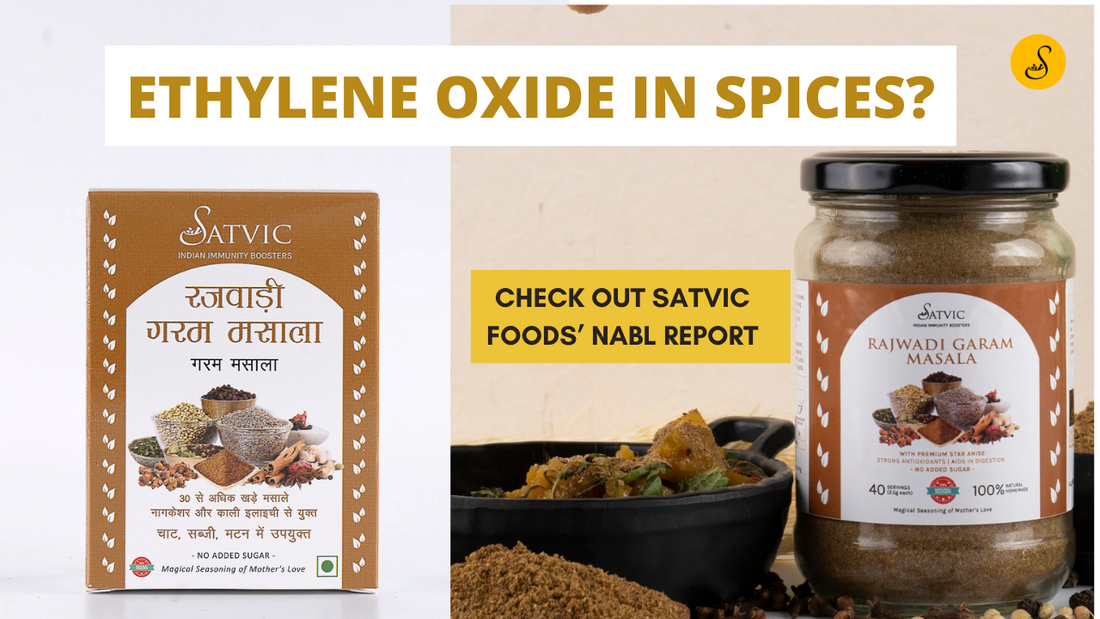
Indian spices have consistently been recognized for their natural properties, especially Garam Masalas or Curry Masalas, which aid in curing and preventing many life-threatening diseases. But when these spices become the reason for poor immunity and health hazards, where do consumers and buyers rest their faith?
Ethylene oxide in Indian spices has lately become the new uproar as familiar brands and businesses have been accused of using it as an ingredient. But what exactly is ethylene oxide, and why do big companies use it to make Indian spices?
Well, this comprehensive guide by Satvic Foods will take you through everything that you need to know about the poisonous ingredient Ethylene oxide and what ethylene oxide in spices can do to human health.

What Is Ethylene Oxide?
Ethylene Oxide is one kind of pesticide that has been classified as a Group 1 carcinogen by the International Agency for Research on Cancer.
There have been sufficient shreds of evidence that states that repetitive use of such pesticides can lead to life-threatening diseases like cancer, while short-term use of it can cause other complications such as central nervous system breakdown, irritation of eyes and the mucous membrane, skin, nose, throat, and lung damages as well.
Why Is Ethylene Oxide Used In Food?
Lately, there have been commotions and claims that major brands and companies that manufacture Indian spices have allegedly used ethylene oxide in them, which functions as a fumigating agent for spices.
In a country like India, which is the largest manufacturer and exporter of spices, it is essential to ensure and adapt multiple measures for maintaining the quality and sustainability of spices.
Processing of spices and herbs includes fumigation with ethylene oxide. However, when the aeration step for spices after fumigation is not carried out properly, residues of ethylene oxide and its derivatives are produced by reaction with chloride ions, which are extremely harmful for human health.
What Are The Side Effects of Ethylene Oxide In Food?
Ethylene oxide in food can damage DNA during the sterilization process, which is why it has been banned in several countries, including India. It has several negative impacts on human health, even when consumed at low levels. Besides food, Ethylene oxide has an adverse effect on health even when used for agricultural purposes or industries.
According to a study conducted by NCBI, some health hazards may arise when someone comes in contact with ethylene oxide pesticide.
Respiratory Failure
Compromised respiratory functions are a common condition that occurs among people who are exposed to ethylene oxide. It also includes nasal discharge, labored breathing, rhinitis, and pulmonary edema.
Neurological Breakdown
Clinical neurological conditions such as weakness in extremities, impaired hand and eye coordination, cognitive dysfunction, and memory loss are some common side effects that occur when a person is exposed to ethylene oxide for prolonged duration.
Affect the Reproductive System
Consuming ethylene oxide pesticide in food may lead to an unhealthy reproductive system both in men and women. In males, it decreases the reproductive organ weight and also affects the sperm count massively. Ethylene oxide has also been found to affect women’s reproductive system adversely, especially creating major health concerns for pregnant women.
Causes Cancer
Of all other health hazards, this has been of utmost concern as cancer is considered to be a fatal disease globally. Every year, about ten million people die from cancer, hence making it one of the largest health hazards globally.
Comprehensive research and health studies have witnessed that there is a direct link between cancer and long-term exposure to ethylene oxide emissions. Hence, consuming ethylene oxide pesticides in food can increase the risk of cancer development as it affects the immune system’s infection-fighting cells.
According to a report published by News18, Dr. Priyanshu Chaudhary, Consultant of Medical Oncology, Ivy Hospital Mohali emphasized the severity of the situation and witnessed the fact that ethylene oxide has been classified as a known human carcinogen both by the IARC and the United States Environmental Protection Agency (USEPA).
He also highlighted the types of cancers that are commonly associated with ethylene oxide exposure, including lymphoma, leukemia, breast cancer, and so on.
How To Avoid Ethylene Oxide Pesticide In Food?
With multiple brands making headlines for mixing ethylene oxide in spices, FSSAI has taken stringent measures and introduced strict quality checks. Ethylene oxide poisoning symptoms are many and include nausea, headache, dizziness, fatigue, muscle weakness, and many more; therefore, it has been banned in many countries for its severe underlying effects on health.
According to a circular published by the Spices Board under the Ministry of Commerce and Industry by the Government of India, alternate methods of sterilization of spices were suggested, including steam sterilization, irradiation, and so on.
However, to ensure complete safety, here are some tips and precautionary measures according to the circular published on avoiding ethylene oxide pesticides in foods:
- Brands and companies must be aware of the incoming materials used in the preparation technique of spices by cross-checking the quality of raw materials, especially plant and plant parts that are used in the making of spices, which must be free from contamination and fresh.
- Raw materials and herbs must be obtained from approved suppliers. An approved supplier is one who can provide a high degree of assurance that appropriate controls have been implemented to minimize the possibility of chemical, physical, and microbiological contamination.
- Necessary measures are to be taken to prevent cross-contamination of spices and herbs by avoiding direct contact with potentially affected raw materials. Also, raw materials that show signs of hazard must be kept separate from the end products.
- Spices and herbs that have undergone any microbial treatment must be kept separate from untreated and fresh spices.
- Packaging of products plays a major role in maintaining the hygiene and freshness of spices. Therefore, proper packaging is mandatory to avoid the growth of molds and microbial pathogens.
- Finished products must be packed in gas-light containers and preferably under inert gases like nitrogen or under vacuum to avoid possible microbial growth.
- Transportation also plays an important role as the mode of transportation that is used to transport these spices must be clean, hygienic, and free from infestations.
- Other conditions that need to be kept in mind while transportation are humidity, rainfall, high temperature, and many other adverse environmental factors.
- It is crucially important to read and check the list of ingredients before picking up any brand of spices. Also it is suggested to rest your faith on brands that are herbal and organic rather than commercialized and marketed brands.
Why Is Satvic Foods A Healthier Option For You And Your Family?
Food is the basic need for every individual. The food we eat builds up our body and, most importantly, our immune system. It gives us energy to perform different activities throughout the day. We may often indulge in binge eating or cheat meals that make us happy, but at the end of the day, it’s all about ensuring a healthy functioning system.

Satvic Foods swears by the policy of creating packaged foods that are as good as your homemade products. The recent uproar that claims the findings of ethylene oxide in foods has become a topmost concern for many Indian families who rely on brands for everyday cooking. Addressing such concerns is our priority, as we at Satvic Foods believe in delivering quality over quantity.
Here are some reasons why Satvic Foods and our products are a better option than many other big-marketed brands.
- All the spices and other products made in Satvic Foods are 100% natural and made with authentic ingredients without compromising on quality.
- All our products are free from artificial colors, preservatives, or added sugar which makes it perfectly a healthier option for you and your family.
- We keep in mind the storage quotient, and therefore, we manufacture in smaller units to avoid prolonged storage, especially during adverse climatic conditions.
- What really sets us apart from other marketed brands is our precision in making Indian spices, such as the Rajwadi Garam masala by Satvic Foods, where we use the traditional method of sun drying our spices to retain their natural nutritional value.
- At Satvic Foods, we believe in delivering quality. Therefore, we use different Indian spices and herbs such as cloves, cardamon, black and white pepper, sesame seeds, and many more, which have immense health benefits.
- Our packaging is made of premium quality glass jars that preserve freshness and extend shelf life, not regular plastic or paper covers.
Choose the Satvic Way Of Eating
From time immemorial, the Satvic or (Sattvik) diet has always been recognized as one of the healthiest forms of diet. One incredible element in the Satvic or Sattvik diet is the use of Indian spices.
Spices such as Garam masala, curry masala, sabzi masala, and many more are a way to enhance the flavor and taste of any dish. Having said that, using these masalas is a common ritual in Indian curries; however, it is essential to be aware of the ingredients that are present in those little packages.
Satvic Foods’ comprehensive guide on ethylene oxide pesticides in food is an attempt to educate our family about the undeniable harmful effects that ethylene oxide in spices has on our health. And how crucial it is to be aware of it.
Choosing from a wide range of options may seem like a task, but not when your priorities are clear.
With Satvic Foods’ unwavering dedication and hard work in bringing you the best and most authentic form of spices, you may now rest your worries and choose Satvic way of living with Satvic Foods.
At Satvic Foods, we’ve created a family of over 2500+ consumers who have not just given us immense love and support but also motivated us to work hard to create better toxin-free products for every Indian family.
FAQ’s About Ethylene Oxide in Spices
Why Is Ethylene Oxide used in spices?
Ethylene oxide is a chemical with carcinogenic properties and is often used in spices as a pesticide to prevent microbial contamination. It is banned in many countries, including India, for its deadly effects on human health.
How is ethylene oxide harmful to humans?
Acute exposure to ethylene oxide leads to several health conditions, such as respiratory irritation, lung injury, headache, nausea, vomiting, shortness of breath, and cyanosis. However, chronic exposure or exposure for a prolonged duration may cause cancer, reproductive failure, mutagenic changes, neurological failure, and sensitization.
No comments


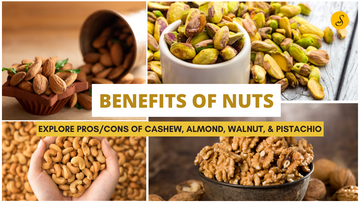

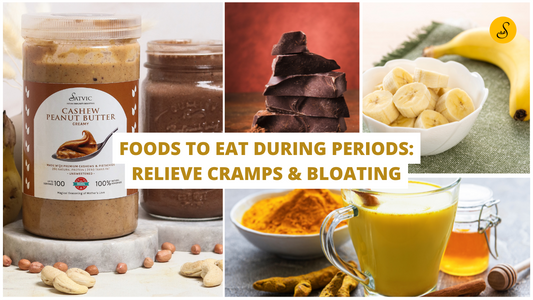
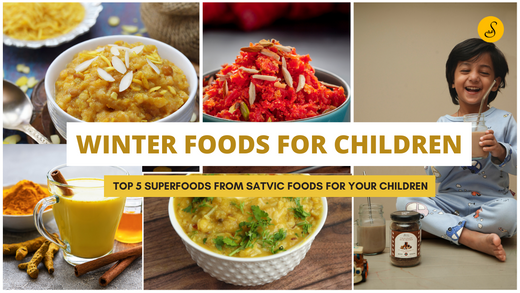
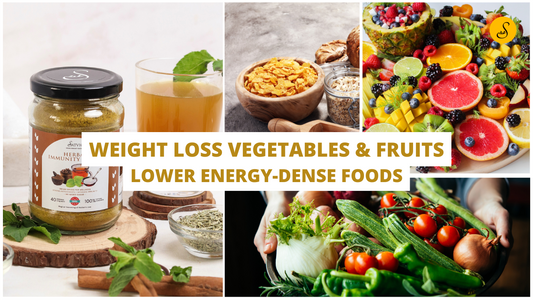

comments